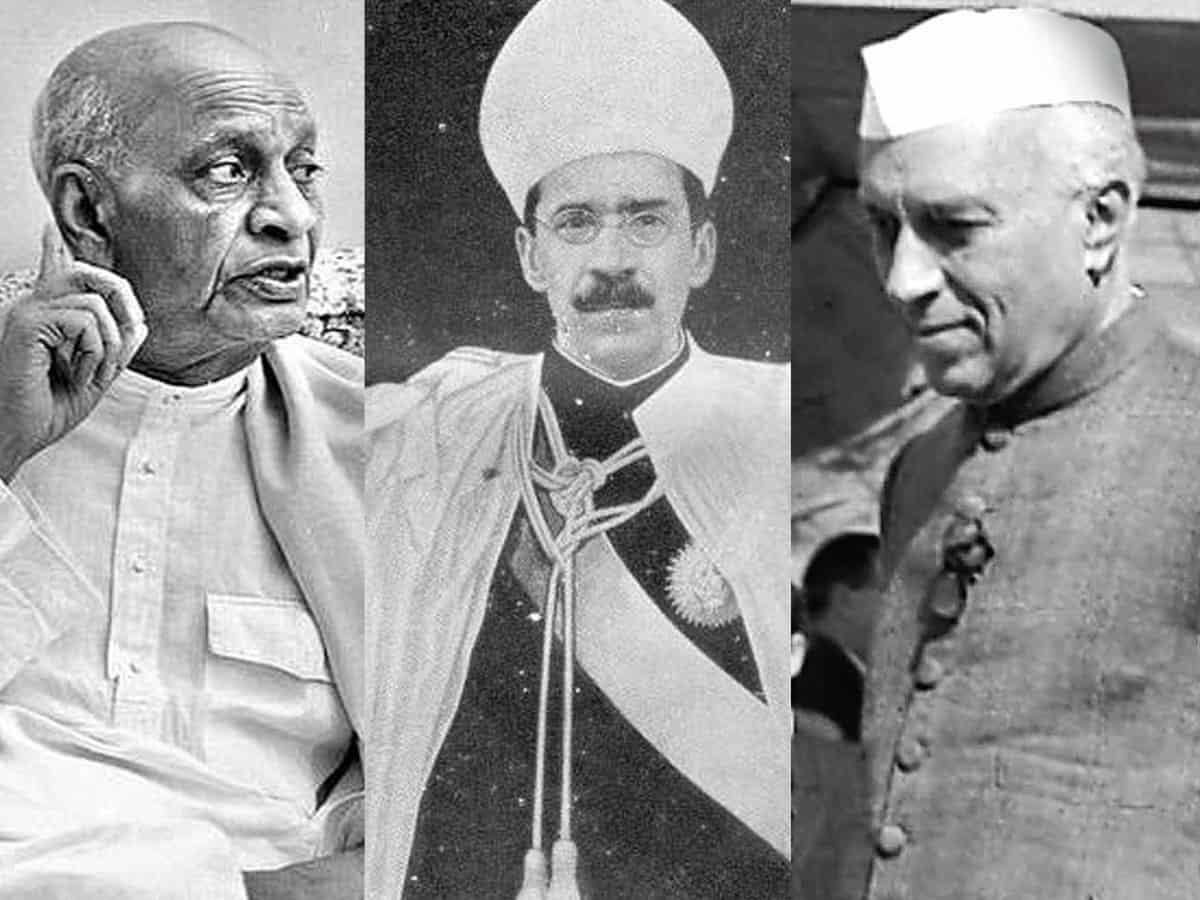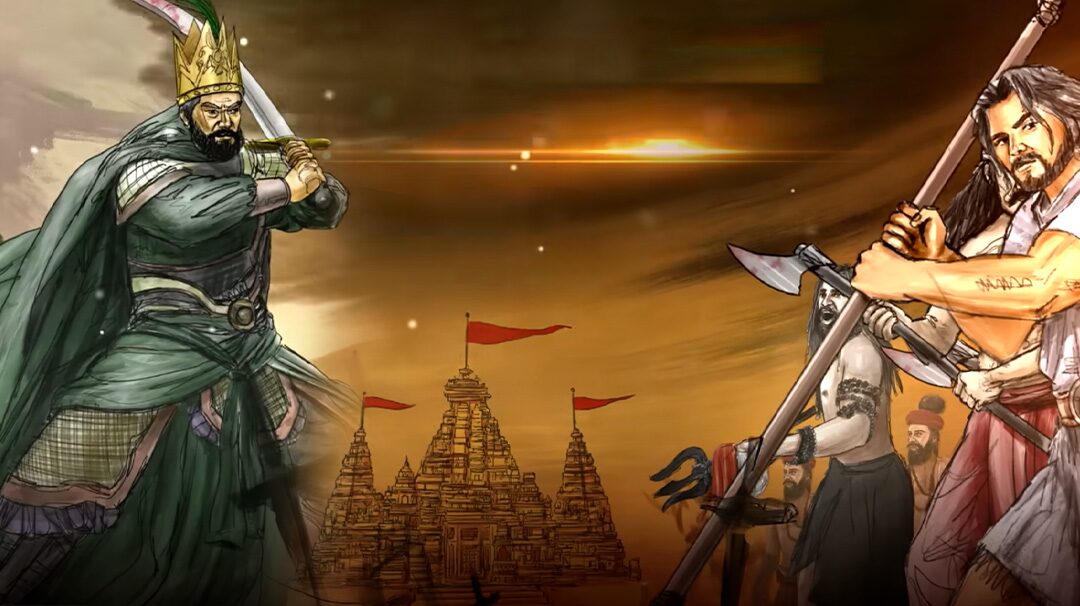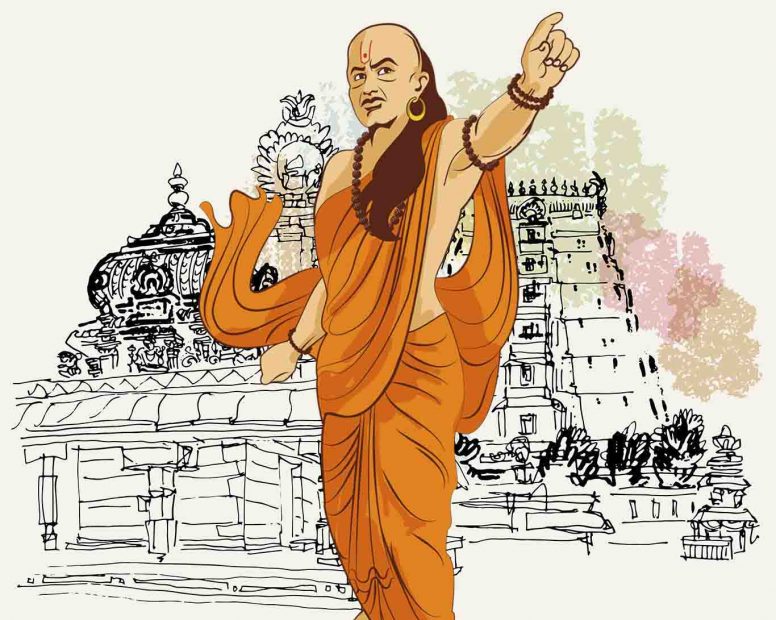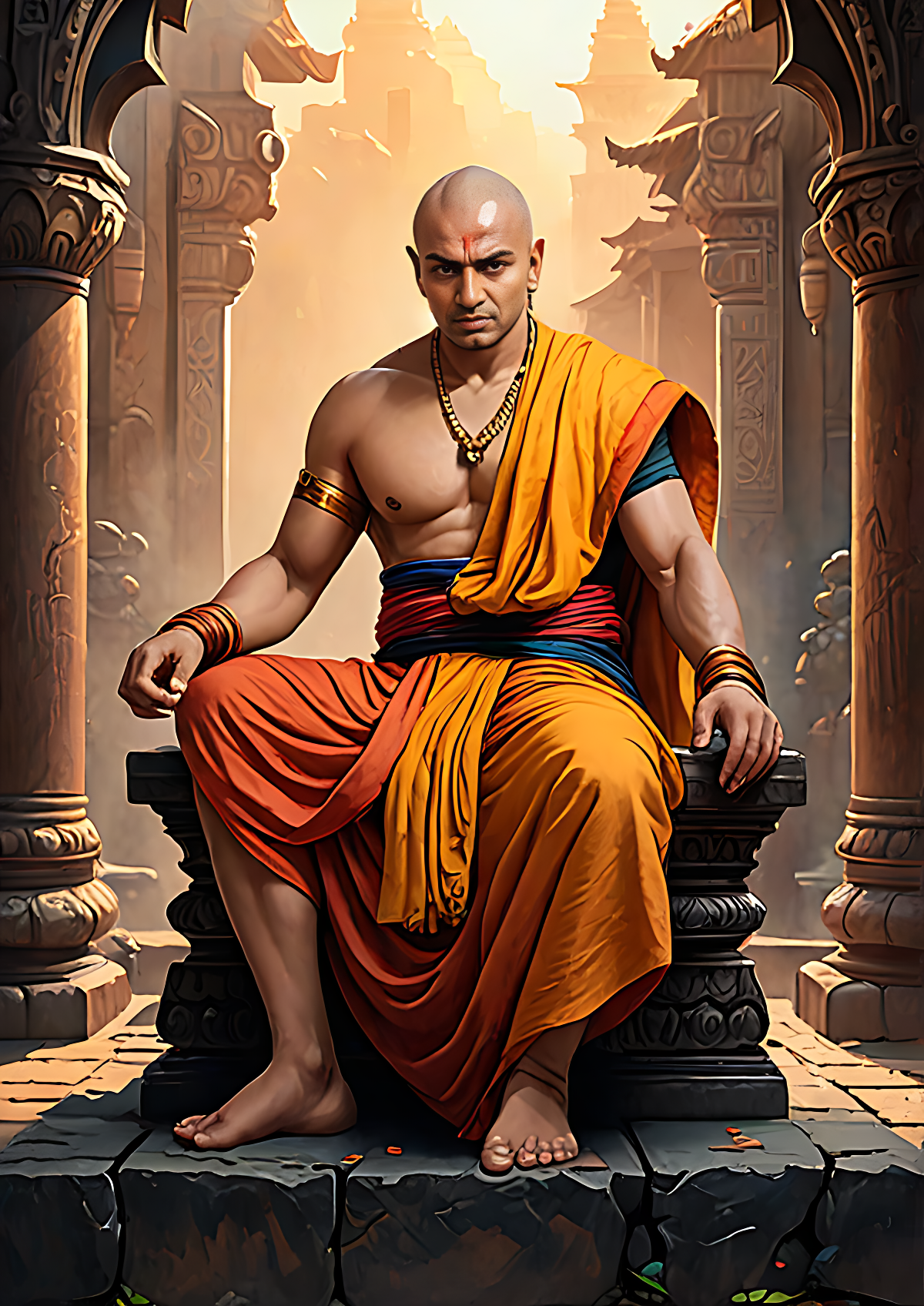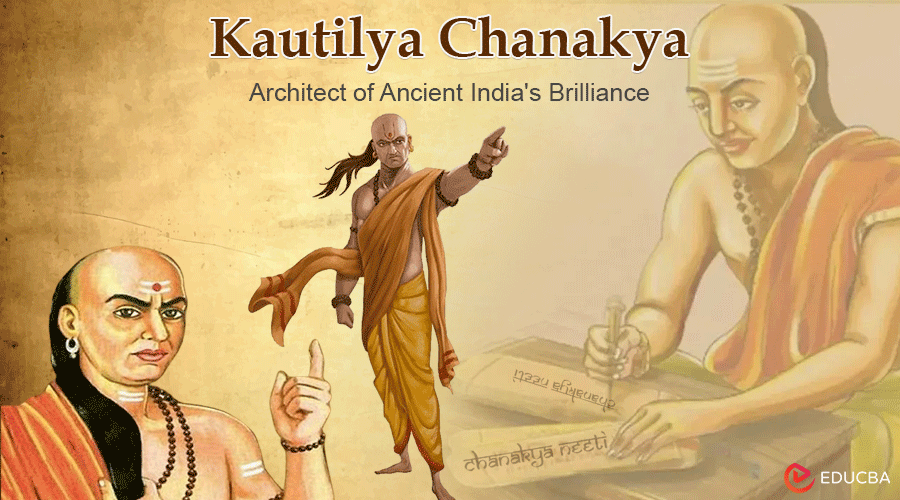
Kautilya’s Saptanga Theory of State is based on the idea that a state functions as an organic entity composed of seven essential elements. The term Saptang means “seven limbs” or “constituents,” which together form a complete and functional state. Kautilya compares the state to a chariot, where all parts are interconnected and dependent on each other. This theory finds some parallels in Ancient Greek political philosophy, particularly in Plato’s comparison of the state to the human body—where the injury of one organ affects the whole system. Kautilya outlined seven fundamental elements that define the state, which he described in the Arthashastra, particularly in the first chapter of its sixth book, Mandala Yonih. These elements are Swami (the king), Amatya (the minister), Janapada (the people and territory), Durga (fortification), Kosha (the treasury), Danda (the army), and Mitra (the allies).

The Swami (sovereign king) is the central figure in the Saptanga theory, as Kautilya believed monarchy to be the ideal form of governance. The king is regarded as the highest authority, symbolizing legal and political power. The word Swami originates from swayam, meaning self-determining, indicating that the king is not subjected to external rulings but is bound only by self-imposed ethical restrictions. Kautilya lists four essential qualities that a king must possess: an inviting nature, intelligence and intuition, enthusiasm, and self-restraint. The king’s role is not to be a tyrant ruling through fear but a leader who governs with affection and care. His duties are divided into protective functions—such as maintaining law and order, ensuring justice, and safeguarding the people—and promotive functions, which include promoting economic growth, ensuring the welfare of his subjects, supporting agriculture and education, and encouraging moral conduct. Though the king had immense power, his authority was limited by societal and religious customs.
The Amatya (minister) plays a crucial role in assisting the king in governance. In its narrow sense, Amatya refers to high-ranking ministers, but in a broader sense, it includes other administrative officials. Kautilya proposed a strict selection process for ministers, emphasizing moral integrity, honesty, intelligence, patience, and loyalty. The king was expected to appoint only the wisest individuals to these positions, as they served as his trusted advisors. Ministers were responsible for offering guidance when required and maintaining secrecy in governmental matters.
The Janapada (people and territory) is a fundamental element of the state, symbolizing a well-established territorial society. The word Jana refers to the people, while Pada represents the land they inhabit permanently. Scholars like D.R. Bhandarkar and R.S. Sharma argue that Kautilya’s concept of Janapada includes both the land and its population. A prosperous Janapada must have certain essential characteristics, such as the ability to sustain its people, defend itself against enemies, provide occupations, have good neighbors, offer pastures and arable land, possess natural resources like mines and forests, and ensure efficient internal communication through rivers, roads, and access to the sea.
Durga (fortification) is vital for the security and protection of the state. Kautilya emphasized the need for fortifications to safeguard territories from all directions. He identified four types of forts: Audak (water-based), Parvat (hill-based), Dhannvana (desert-based), and Vana (forest-based). While the first two types primarily defend the territory, the latter two protect the agricultural population. These fortifications not only ensure the safety of the people and the capital but also serve both defensive and offensive military purposes.
The Kosha (treasury) is another critical element of the state, as a strong economy is necessary for the state’s survival. Ancient Indian philosophers considered the treasury an essential pillar of governance. While Kautilya advocated for a prosperous treasury, he insisted that wealth should be accumulated through legitimate and ethical means. He outlined four primary sources of revenue collection: land taxes, market duties, import-export taxes, and miscellaneous levies. A well-managed treasury enables the king to maintain his administration, army, and welfare programs.
The Danda (army) is crucial for the protection and expansion of the state. Kautilya emphasized the need for a strong and hereditary Kshatriya army, as he believed such a force would be skilled, loyal, and free from betrayal. He argued that a hereditary military would be more disciplined and efficient in both defense and warfare. The Arthashastra mentions several military divisions, including infantry, cavalry, elephants, chariots, the navy, and armory departments. Kautilya placed great importance on military organization and maintenance, ensuring that the army was well-equipped to handle any threats.
The final element, Mitra (allies), highlights the importance of diplomacy and strategic partnerships. Kautilya believed that “political isolation means death” and thus emphasized the need for strong alliances. He classified allies into two types: Sahaja (natural allies), whose friendship is inherited from past generations and who are located near the enemy’s borders, and Kritrima (acquired allies), who are sought specifically for protecting wealth and security. Kautilya favored traditional and permanent allies who were disciplined and enthusiastic, as they posed minimal risk of betrayal or opposition.
In conclusion, Kautilya’s Saptanga Theory provides a comprehensive framework for understanding the nature and structure of the state. Although he did not explicitly define the term state, his detailed explanation of its seven fundamental elements demonstrates his deep understanding of governance, political institutions, and human nature. His emphasis on both internal stability and external security aimed to prevent a chaotic and lawless society, similar to what Hobbes later described as the “state of nature.” The Saptanga model remains a significant contribution to political philosophy, reflecting Kautilya’s practical and strategic approach to statecraft.

